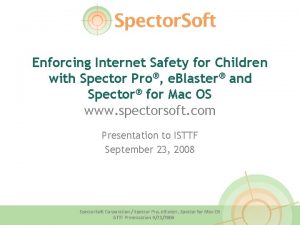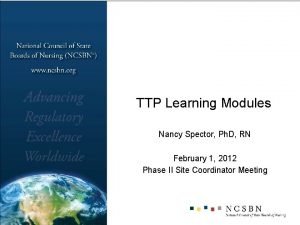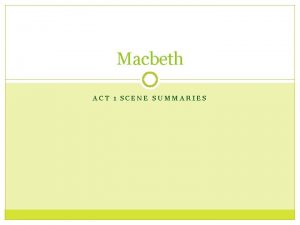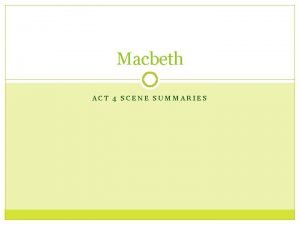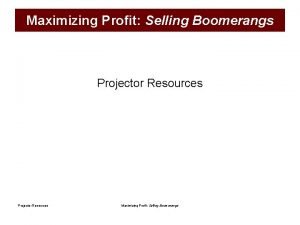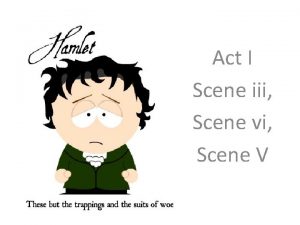Phil Spector and the LA scene PHIL SPECTOR










- Slides: 10

Phil Spector and the LA scene

PHIL SPECTOR (1940 - ) The “Tycoon of Teen, ” Phil Spector is something of an enigma: by nineteen, he was a Brill Building producer; at thirty, a semiretired recluse. In between those years he was known as one of the most creative, innovative producers in the history of pop music. He worked at Goldstar Studios in Los Angeles where he wrote, arranged, and produced for The Crystals, The Blossoms, Bobby Soxx and the Bluejeans, Darlene Love, and the Ronettes. He also produced cuts for the Righteous Brothers, Gene Pitney, Ike and Tina Turner, and Connie Francis.

PHIL SPECTOR Began career as a performer with the Teddy Bears Apprenticed with Leiber and Stoller Co-founded Philles Records by the age of twenty-one Maintained a high level of involvement with all aspects of music-making Records he produced are more closely associated with him than are the performing artists Established a new production model: small volume, high percentage of hits Business model based upon Tin Pan Alley

“KIDDIE SYMPHONIES” & THE WALL OF SOUND – Thick, full textures created by overdubbing – Large orchestra with lots of percussion – Pre-recorded sounds – Background vocals – Rock ensemble – doubling and tripling instruments for a very dense, orchestrated sound. – He also made heavy use of echo and other production techniques. The 1970’s found him working with the Beatles on the Let It Be Album, George Harrison’s All Things Must Pass, John Lennon’s Imagine, and the Ramones End of the Century album.

THE WRECKING CREW AT GOLD STAR STUDIOS ➤ Notable members included ➤ ➤ ➤ Carole Kaye bass, ➤ Possibly the most influential bassist in rock history ➤ Played with a plectrum (pick) Tommy Tedesco, Glen Campbell and Al Casey, guitar, ➤ Hal Blaine and Earl Palmer, drums, ➤ Leon Russell piano ➤ Plas Johnson, sax

“BE MY BABY, ” BY PHIL SPECTOR, ELLIE GREENWICH AND JEFF BARRY, PHILLES ➤ Among ➤ Uses Spector’s biggest hits: No. 2 on Billboard. Hot 100, #4 on R&B rock instrumentation along with horns, orchestral strings and percussion ➤ Song begins with catchy hook in the drums, and uses handclaps and percussion to reinforce the beat ➤ The song builds from a lead vocal (8 bars) which adds backup vocals and saxes (8 bars), before all the instruments enter for the chorus, which is the hook. ➤ Verse 2 pulls back a bit, then builds again towards the chorus ➤ Strings have the melody in the instrumental break, which is only 8 bars, before chorus breaks in again ➤ The listener thinks it’s the end, but then the original drum hook returns, and a final chorus

“BE MY BABY”

“YOU'VE LOST THAT LOVIN' FEELIN’, ” BY PHIL SPECTOR, BARRY MANN, AND CYNTHIA WEIL ➤ First recorded by the Righteous Brothers in 1964 ➤ often called the ultimate expression and illustration of Spector's "Wall of Sound" recording technique, as well as “the ultimate pop record” ➤ No. 1 in U. S. and U. K. in 1965 ➤ Between the original and its many covers, it became the mostplayed song on American radio and tv in the 20 th c. ➤ Righteous Brothers—Robert Hatfield from Anaheim and Bill Medley from Santa Ana—broke off from local male doo wop groups to form a duo

EARLY ‘ 60 S STUDIO PRODUCTION ➤ Jazz and pop musicians start recording rock and roll ➤ Thicker orchestration (more of everything …) ➤ Recording musicians separate from touring group ➤ Many producers worked in a number of styles

CHANGES IN STUDIO PRODUCTION DURING THE 1960 S ➤ Fewer instrumentalists needed ➤ ➤ rock groups record with their own members ➤ and multitracking eliminates need for doublers Multitracking transforms the way records are made



